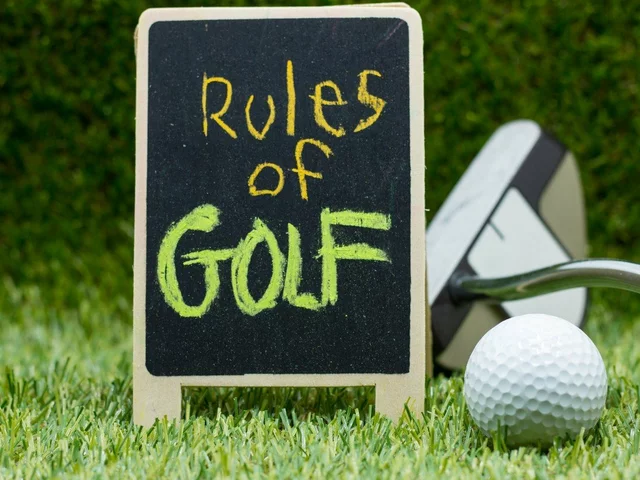Golfing Guidelines: Your Go‑To Playbook
When talking about golfing guidelines, a collection of best‑practice tips that help players improve swing, etiquette, and equipment decisions. Also known as golf rules and tips, it covers everything from course behavior to club selection. In the world of golf, major tournaments, the four biggest championships that set the sport’s benchmark and golf equipment, clubs, balls, and tech that shape performance are two pillars that most guidelines reference.
Golfing guidelines aren’t just a rulebook; they’re a roadmap. They encompass major tournament etiquette, meaning players learn when to stay silent, how to manage pace, and why scoring honesty matters. This connection requires a clear understanding of the tournament’s format, whether it’s stroke play at the Masters or match play at the Ryder Cup. The guidelines also influence equipment choices because certain clubs are favored on the fast greens of the Open Championship while different ball types excel at the windy links of the U.S. Open.
From the Fairway to the Cart: Practical Gear Advice
One of the most frequent questions in the collection is how golf equipment, from drivers to wedges, can be matched to a player’s swing speed and course conditions. The guidelines suggest starting with a fitting session, noting shaft flex, club head volume, and loft angles. A well‑fitted set can shave strokes off your round without a huge budget. The advice also covers emerging tech like launch monitors, which feed data into your practice routine, letting you see ball spin and launch angle in real time. When the gear fits, confidence climbs, and that’s exactly what the guidelines aim to deliver.
Another essential piece of the puzzle is golf cart maintenance, the routine checks that keep your cart running smoothly on the course. The guidelines lay out a simple checklist: inspect battery water levels, keep terminals clean, and verify tire pressure before each round. Using distilled water in the batteries prevents mineral buildup, extending life and ensuring reliable power on hilly courses. Regularly charging the battery to about 80 % avoids over‑stress, which is a tip many golfers overlook. Following these steps means you won’t be stranded on the fairway mid‑round.
Money matters, too. green fees, the charge you pay to play a round at most courses can vary wildly based on membership status, time of day, and course prestige. The guidelines explain that club members often enjoy fee‑free access to their home course, while visitors pay standard rates that may rise during peak hours. Knowing when to book tee times—early morning weekdays versus weekend afternoons—can save you a lot. Some courses also offer twilight rates that give a softer light and a lighter pocket.
All these strands—tournament etiquette, equipment fitting, cart care, and fee management—are woven together by the overarching golfing guidelines. Below you’ll find articles that dive deeper into each area, from how to choose personalized gear to mastering a home golf simulator. Whether you’re a beginner looking for basic rules or an experienced player fine‑tuning your setup, the collection is built to give you actionable insights that you can start using on the next round.

- Jul 23, 2023
- Posted by Caspian Fairweather
What are the rules of golf?
In golf, there are a variety of rules that players need to follow to ensure fair play. The game is typically played on an 18-hole course, with the objective to get your ball from the tee to the hole in as few strokes as possible. Rules also dictate how to handle obstacles like water hazards and sand traps. Penalties are given for rule infractions, like playing out of turn or losing a ball. These rules can seem complex, but ultimately, they help maintain the integrity and challenge of this beloved sport.




